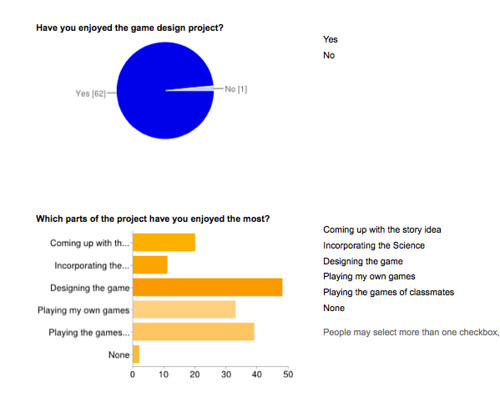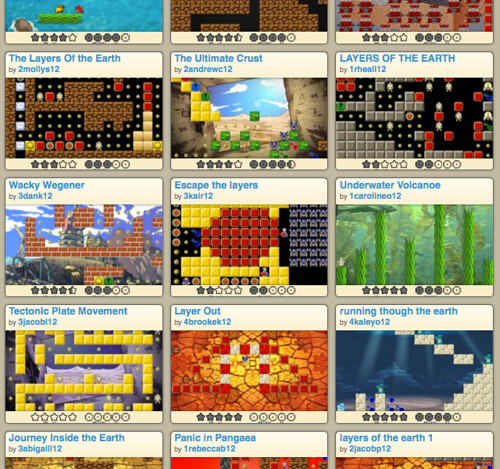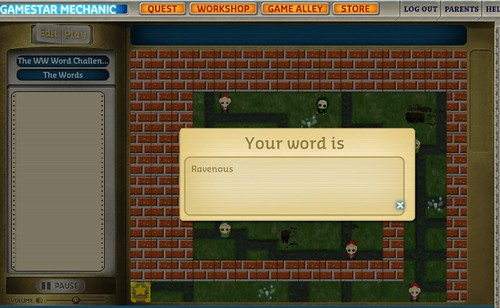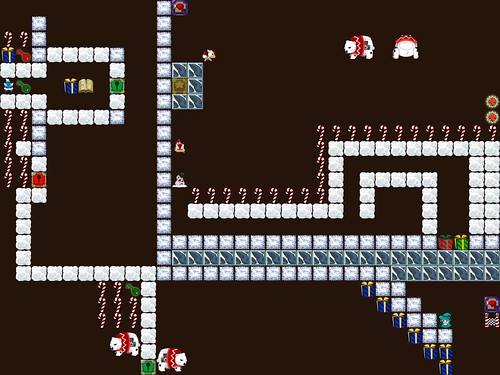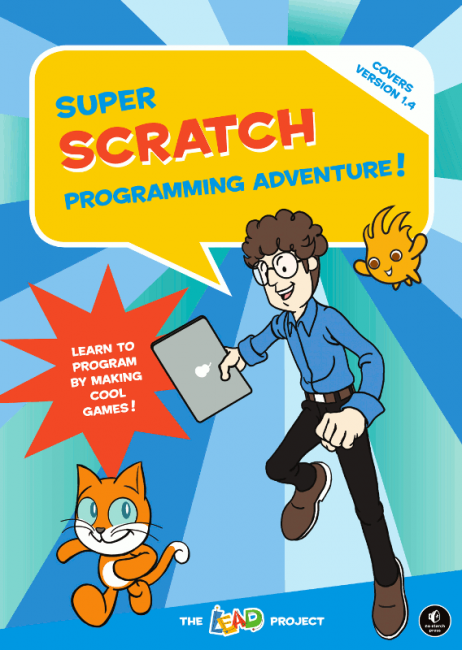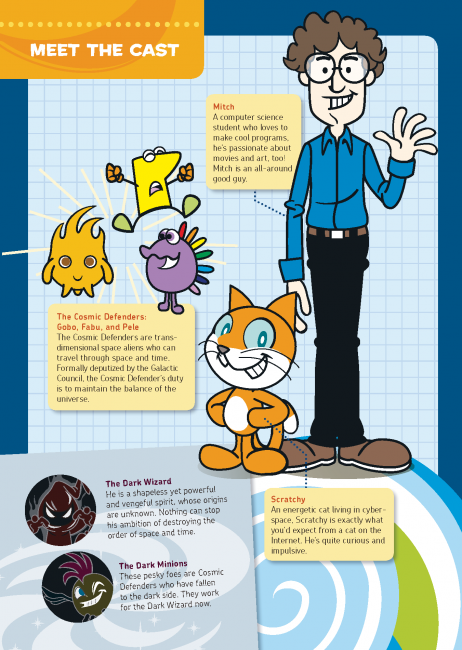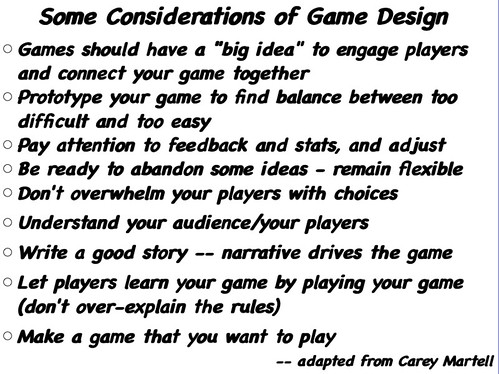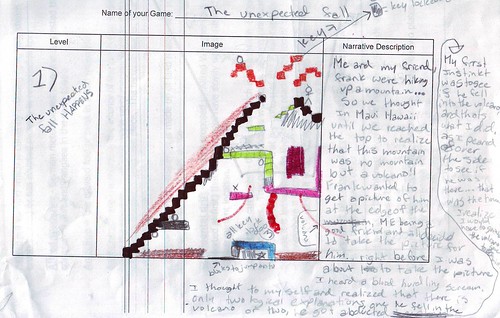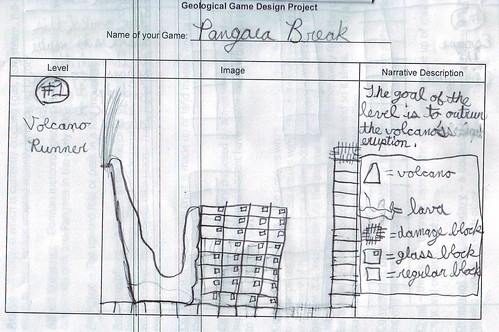I found this passage from a recent blog post from James Paul Gee fascinating, and harkens to discussions I am having in my classroom right now as we dive into video game design. It has to do with manuals to play games, and whether gamers read them or just jump in. Gee notes that, as cold reading, manuals make almost no sense. You have to experience the world first before the instructions can be helpful. This is so different from other kinds of reading, right?
Check out Gee‘s thoughts:
”
If you try to read a video game manual before you have ever played a game, you can, at best, associate definitions and paraphrases with the words in the text. The manual is boring and close to useless, when it is not simply inexplicable. If, however, you play the game for hours—you do not have to play at all well—then when you pick up the manual again everything will be clear.
Now you will be able to associate images, actions, experiences, goals, and dialogue from the game with each of the words in the text. You will have lived in the world the manual is about and will know how the words of the text apply to that world to describe it and allow you to solve problems in it.
The same thing is true for any text, for example, for a middle school science text. If you have lived in (mucked around in) the world it is about and applies to, you have situated understandings for the words in the text and can use the text to facilitate problem solving. If you have not had such experiences, then all you have, at best, are verbal meanings. These may be fine for passing skill-and-drill paper-and-pencil tests, but they are not fine for deep understanding or problem solving.” — James Paul Gee, at http://www.jamespaulgee.com/node/64
Peace (in the thinking of reading),
Kevin
